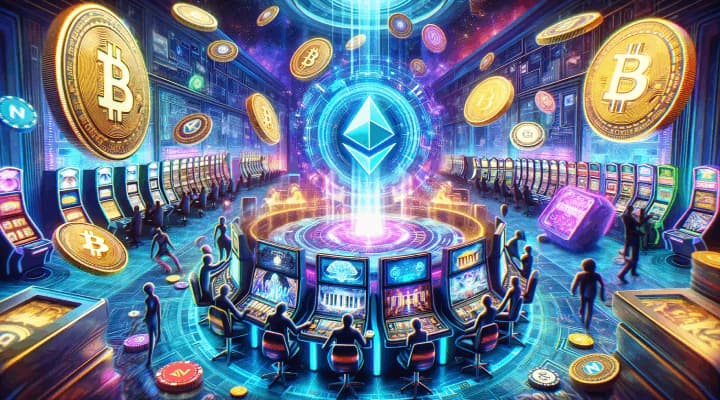Non-Fungible Tokens (NFTs) have surged in popularity, revolutionizing how we perceive ownership and value in the digital world. Unlike traditional …

Blog about WEB3.0 game development
Some early-stage Web 3.0 applications already exist today, but until the new Internet becomes fully embedded in the Web infrastructure, their true potential will be impossible to see.

Non-Fungible Tokens (NFTs) have surged in popularity, revolutionizing how we perceive ownership and value in the digital world. Unlike traditional …

Cast your mind back, if you will, to the early days of gambling. It was all about dazzling casinos, clinking …

These days, the world of technology is developing rapidly. More and more people are interested in augmented reality (AR), which …

Web 3.0 is a new phase in the global network’s evolution, characterized by cognitive capabilities, personalization, and decentralization. What prospects …

Each year, internet technologies continue to advance. While Web 1.0 was static-focused, Web 2.0 transformed the web into an interactive …

Web 3.0 is the latest stage in the evolution of the Internet. This latest release aims to correct the excesses of Web 2.0 by simplifying the interaction between users and websites.

When talking about Web 3.0, one cannot ignore the enormous potential of blockchain and cryptocurrencies.

Accountability. One of the main advantages of blockchain and Web 3.0 is transparency, as the technology itself is open source and the information stored in it (transaction data, principles of smart contracts, etc.)

There are a few details we need to keep in mind as we explore Web 3.0 technologies. First, the concept is not new.

The crypto community is still searching for a definition for Web 3.0. But its fundamental difference from Web 2.0 is increased decentralization at all levels, including data storage and application usage.